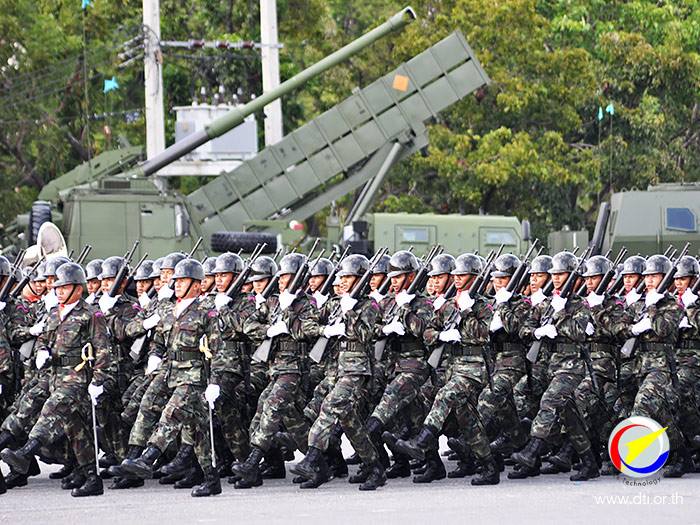หน้าแรก >> งานวิจัยและพัฒนา บทความวิชาการ
บทความวิชาการ
53007I The use of RFID in solid propellant rocket production management system
Created by : , Publish 18 May 2010 , Views 866
[ คัดลอกลิ้งค์ ] [ แชร์ให้ผู้อื่น ]
| view Abstract and Download Abstract :� � Keeping pace with other new technology, Radio Frequency Identification (RFID) technologies have been widely used to increase the efficiency of supply chain operation, store and inventory management and industrial production. The cutting-edge data capture capabilities of RFID systems, in addition to unique product identification and instantaneous information from various data sources, develop efficient management of supply chain processes and logistics, real-time visibility of the stock pile, security and decision support. As a result, RFID technologies have been employed by the military to gain in-transit visibility and improve inventory management. Nevertheless, the risks of using RFID are still critical factors in some areas of military production, especially in munition and explosive productions. The US DoD policy states that those items are not to be tagged until the following certification requirements are met for the passive RFID tag: electromagnetic effects on the environment (E3) and Hazards of Electromagnetic Radiation to Ordnance (HERO). In this paper the Recommended Power Densities and Safe Separation Distance (SSD) for HERO on RFID systems employed on rocket motor raw material and motor charging process are discussed. The result of this research found that RFID readers can be safely operated at close distances to the rocket motor base on AF Guidance Memorandum immediately changing AFMAN 91-201.
|
สถาบันเทคโนโลยีป้องกันประเทศ อาคารสำนักงานปลัดกระทรวงกลาโหม (แจ้งวัฒนะ) ชั้น 5 เลขที่ 47/433 หมู่ 3 ถนนแจ้งวัฒนะ ตำบลบ้านใหม่ อำเภอปากเกร็ด จังหวัดนนทบุรี 11120 โทรศัพท์ : 0 2980 6688, โทรสาร : 0 2980 6199
ติดตามผ่านสื่อ Social ที่ : Facebook, Youtube
เว็บไซต์สถาบันเทคโนโลยีสารสนเทศ ขออนุญาตใช้คุ๊กกี้เพื่อให้เว็บไซต์ทำงานได้เต็มประสิทธิภาพ ท่านสามารถอ่านนโยบายคุ้กกี้ได้ ที่นี่.
Copyright © 2025 Defence Technology Institute. All Rights Reserved.





















